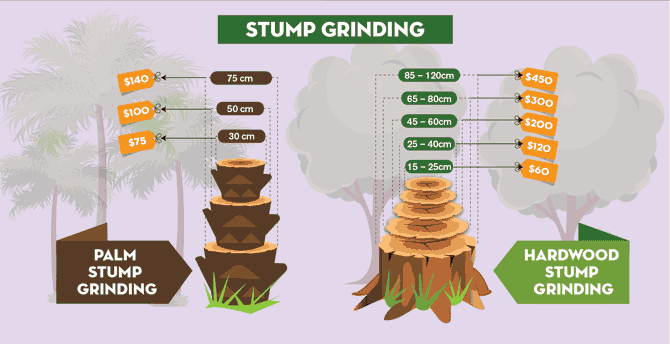After a tree's removal, your landscape might look fairly different, and it's necessary to analyze the results very carefully. You'll want to assess the soil disruption and examine surrounding plants for any signs of stress and anxiety. Neglecting visit the next page can result in larger issues down the line. So, what should you perform with those stumps and roots? And exactly how do you select the most effective plants for your rejuvenated area? Allow's explore these essential actions.
Examining the Aftermath: Assessing Your Landscape
After a tree removal, it's crucial to examine your landscape to understand the influence it carries your yard.
Start by examining the area where the tree stood. Try to find indicators of soil disruption, and examine the bordering plants for any type of anxiety or damages.
You must likewise take note of just how the elimination has actually changed sunlight direct exposure and air flow in your garden. This shift can impact the growth of neighboring plants, so it's vital to assess their wellness.
Consider the aesthetic elements too; the removal may develop an open space that you can redesign.
Ultimately, think of Pruning A Maple Tree of possible erosion issues that may occur from the tree's lack. Dealing with these factors early will assist recover equilibrium to your landscape.
Handling Stumps and Roots: Options for Removal
Once you've examined the consequences of the tree elimination, you'll likely require to take on the stump and origins left.
You have a couple of options for removal. One effective approach is stump grinding, where a professional uses an equipment to grind the stump down to below ground level. This technique leaves very little disruption to your landscape.
If you favor a do it yourself technique, you can use a mix of digging and chemical stump cleaners. Just remember, this process can take time and initiative.
Alternatively, think about leaving the stump as an all-natural function, which can function as an one-of-a-kind garden element or environment for wild animals.
Whatever you select, attending to the stump and origins is vital for restoring your landscape.
Choosing the Right Plants for Your New Space
As you assess your newly gotten rid of space, picking the right plants can considerably boost your landscape's elegance and functionality.
Start by considering the sunlight and dirt conditions. For sunny locations, select drought-resistant plants like lavender or succulents. In shaded areas, brushes and hostas flourish well.
Think about the size and development behaviors of your plants; mix perennials and annuals for seasonal selection. Don't neglect to include indigenous types; they need much less upkeep and assistance regional wildlife.
https://titusokeyt.blogvivi.com/35906385/crucial-guide-to-tree-stump-elimination-strategies-and-tips-for-a-clean-landscape in weird numbers for a much more all-natural look and develop layers for visual depth.
Lastly, ensure you have a mix of colors and textures to maintain your landscape dynamic throughout the seasons.
Satisfied growing!
Conclusion
In conclusion, recovering your landscape after tree removal is a gratifying procedure. By examining the aftermath, resolving stumps and roots, and choosing the right plants, you'll create a growing atmosphere. Don't neglect to incorporate disintegration control measures to protect your dirt. With a little effort and care, you can change your room into a dynamic yard that improves your property. Accept the opportunity to revitalize your landscape and enjoy the beauty of nature right in your backyard!
